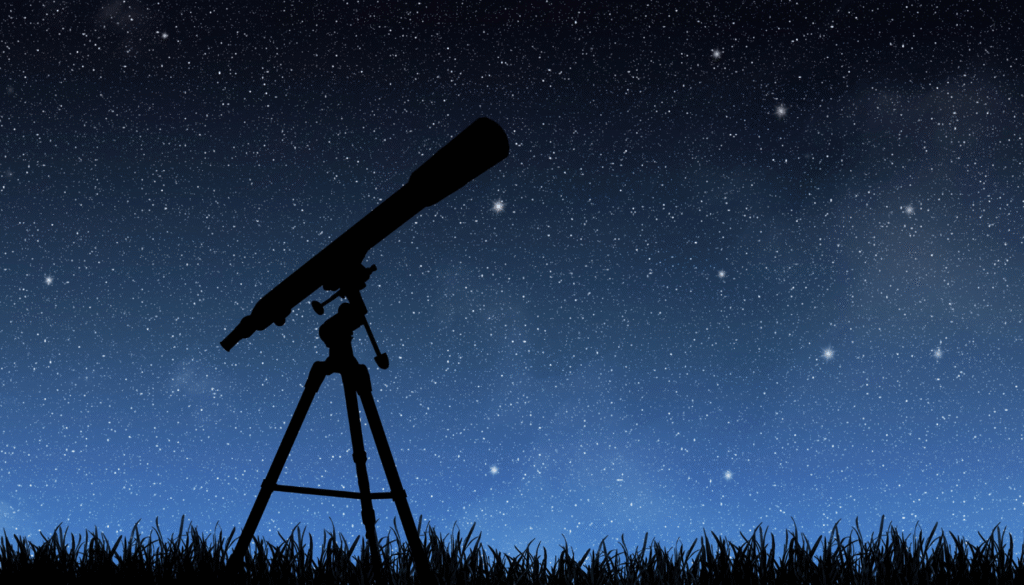They light up the night sky, power galaxies, and make life on Earth possible. But like all living things, stars have a life cycle—they’re born, they evolve, and eventually, they die.
Some stars end quietly. Others go out in violent explosions that shake the fabric of the cosmos.
Understanding how stars are born, live, and die not only helps us grasp the workings of the universe—it also reveals the origin of the elements that make up everything, including us.
Let’s take a journey across billions of years and countless light-years to explore the life cycle of a star.
1. Birth: From Cosmic Dust to Starlight
Stars begin their lives in vast, cold clouds of gas and dust known as nebulae.
These clouds are full of hydrogen—the most abundant element in the universe.
Step 1: Gravitational Collapse
A disturbance (like a nearby supernova) triggers parts of the cloud to collapse under gravity.
As the gas clumps together, it begins to heat up.
Step 2: Protostar Formation
The core becomes a protostar—a hot, dense ball that’s not yet a true star. It’s surrounded by a spinning disk of gas and dust.
Over time, if the temperature and pressure at the core rise high enough, something incredible happens…
2. Life Begins: Nuclear Fusion Ignites
When the core of the protostar reaches around 10 million degrees Celsius, nuclear fusion kicks in.
Hydrogen atoms start fusing into helium, releasing huge amounts of energy in the form of light and heat.
This marks the birth of a main sequence star—like our Sun.
3. The Main Sequence: The Long, Stable Middle Age
Most of a star’s life is spent in this phase. It can last from a few million to tens of billions of years, depending on the star’s mass.
What happens during the main sequence:
- Hydrogen fusion continues steadily
- The energy produced balances the force of gravity
- The star shines consistently, like our Sun
💡 Fun fact: The Sun is about halfway through its 10-billion-year main sequence life.
4. The Bigger the Star, the Shorter the Life
A star’s mass is the most important factor in determining its lifespan.
- Small stars burn fuel slowly and can last tens of billions of years
- Massive stars burn through fuel quickly and may live only a few million years
It’s a cosmic tradeoff: more power = shorter life.
5. Aging and Transformation: What Happens When Fuel Runs Out
Eventually, the star runs out of hydrogen in its core.
What happens next depends on its size.
🔸 Low-Mass Stars (Like the Sun)
- The core contracts and heats up
- Outer layers expand → The star becomes a red giant
- Helium starts fusing into heavier elements like carbon
After a few more million years, the outer layers drift away, forming a glowing shell called a planetary nebula.
At the center, what’s left is a white dwarf—a hot, dense stellar remnant about the size of Earth.
It doesn’t explode—it fades away slowly over billions of years.
🔸 High-Mass Stars
- The core continues fusion until it creates iron, which can’t release energy
- The star becomes a red supergiant
- Then… it collapses violently
The result? A supernova—a titanic explosion that outshines entire galaxies for a brief time.
6. Death: White Dwarfs, Neutron Stars, and Black Holes
After the explosion, what’s left behind depends on the original mass:
⚪ White Dwarf
- From low-mass stars
- Slowly cools and fades away
⚫ Neutron Star
- From massive stars
- Extremely dense (a sugar cube of neutron star = 1 billion tons!)
- Can spin rapidly and emit radio waves → called a pulsar
🌀 Black Hole
- From the most massive stars
- Gravity is so strong, not even light can escape
- Warps space and time
These stellar remnants are some of the most mysterious objects in the universe.
7. Supernovae: Seeding the Universe With Elements
When massive stars die in supernovae, they scatter heavy elements—like iron, gold, and uranium—into space.
These elements become part of:
- New stars
- Planets
- Moons
- Even us
Yes—the calcium in your bones and the iron in your blood were forged in the heart of a dying star.
8. New Stars From Old Stars
The cycle doesn’t end with death.
The gas and dust from exploded stars mix into nearby nebulae, adding fuel for the next generation of stars.
That means:
Every star we see in the night sky is part of a continuous cycle of birth, life, death, and rebirth.
In cosmic terms, we’re all made of stardust.
Final Thoughts: The Lives of Stars Shape the Universe
Stars are far more than beautiful points of light. They’re the engines of the universe—creating light, energy, and the very atoms that make up everything around us.
Understanding how stars are born, live, and die helps us understand our own origins, the structure of galaxies, and the cosmic forces that shape reality.
So the next time you look up at the night sky, remember: you’re not just seeing stars—you’re seeing history, chemistry, and destiny written in light.




The text provides a fascinating insight into the life cycle of stars, from their birth to their explosive deaths and the continuous cycle of cosmic rebirth. It’s incredible to think about how the mass of a star determines its fate and how these processes shape the universe. However, the sudden shift to discussing cookies and website functionality feels out of place and detracts from the cosmic narrative. Why was this information about cookies included in a text about stars? It seems unrelated and could confuse readers. Perhaps it’s better to keep such details separate to maintain focus on the main topic. What do you think about the connection between these two sections?
Hello, thank you for sharing your comment! It seems that there was a bug in the system that caused the cookie information to be incorrectly inserted into the article about stars. This definitely shouldn’t have happened, and we appreciate you bringing the issue to our attention. We are working on fixing the problem to ensure the blog content remains focused on the topics that truly matter. We appreciate your understanding and for helping us improve!